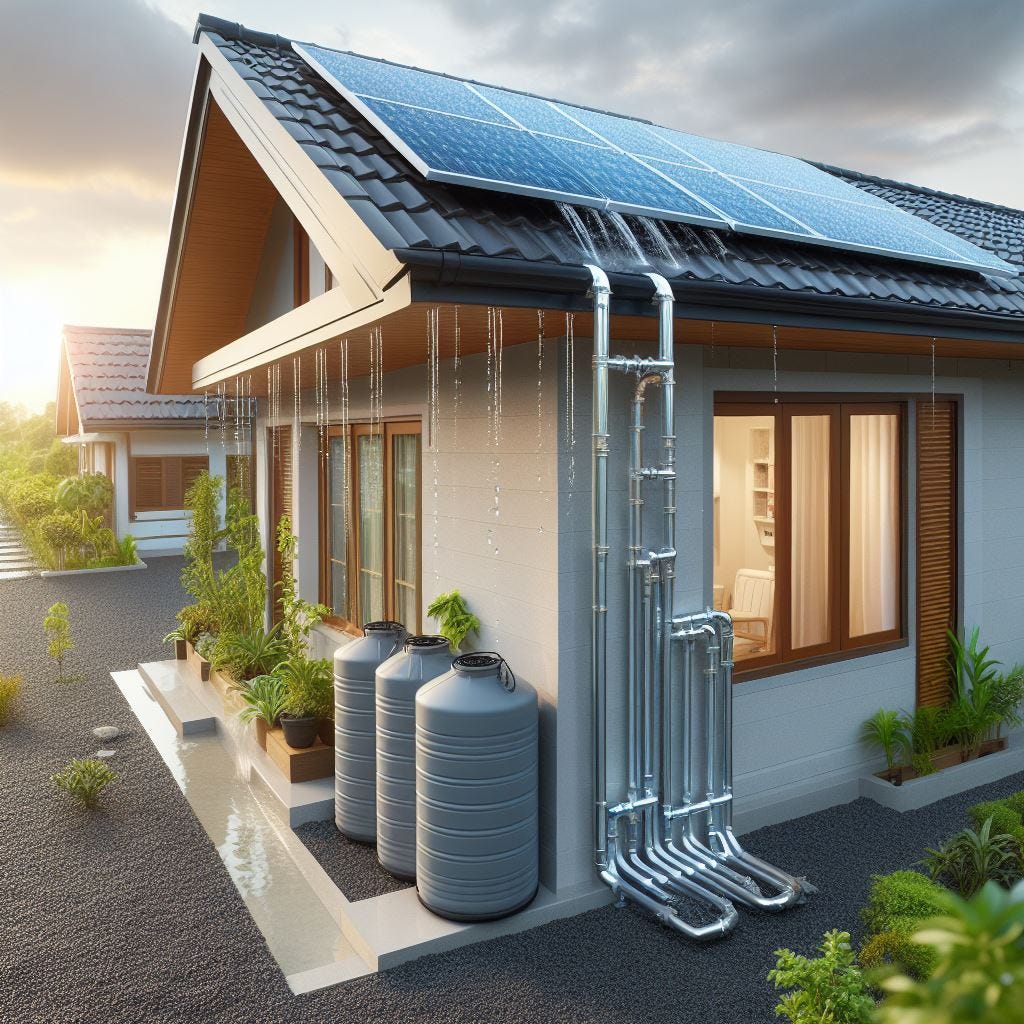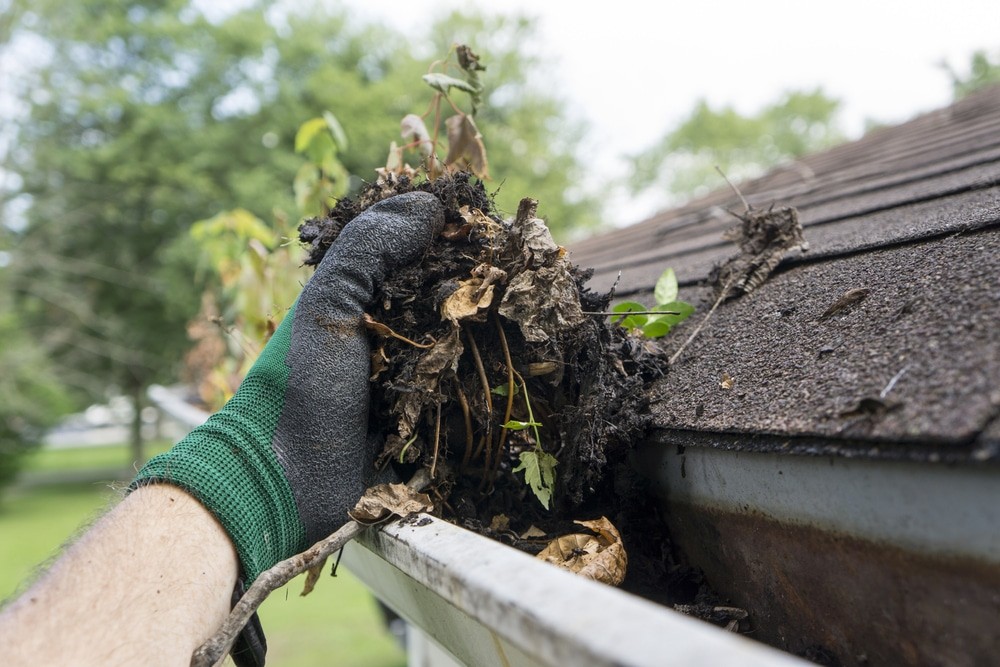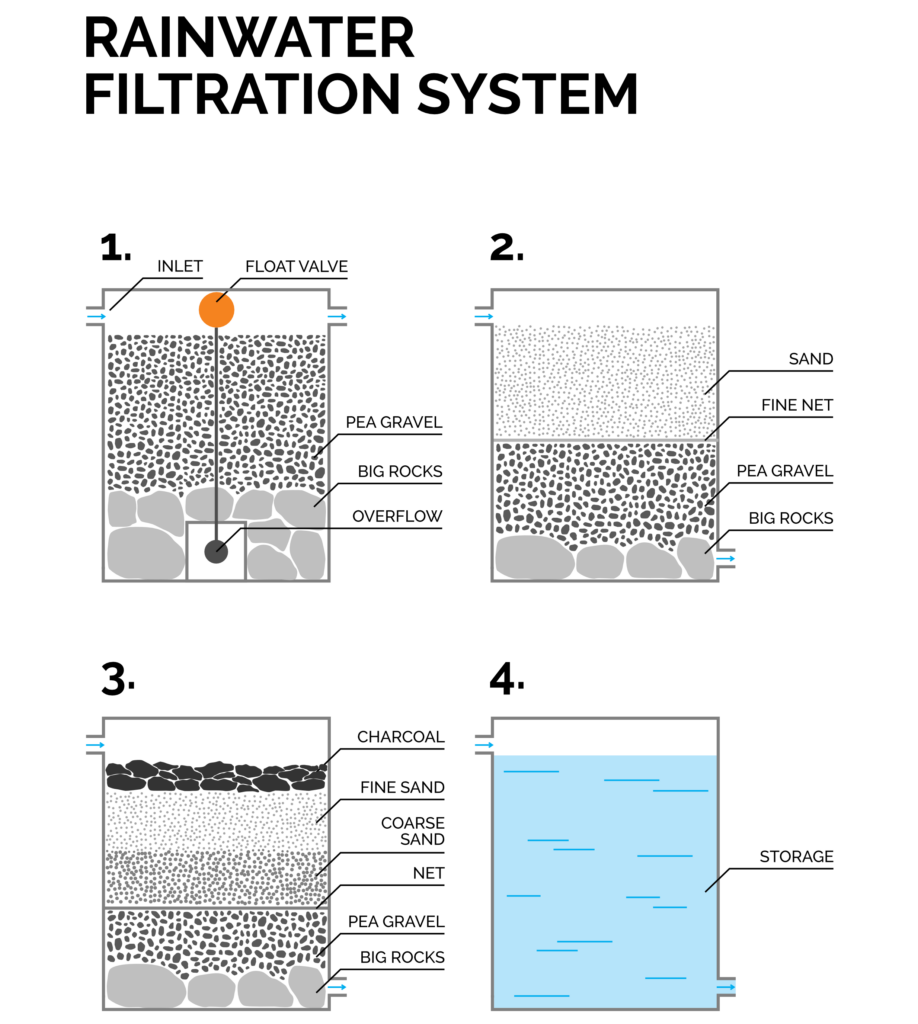
Introducton:
Rainwater harvesting systems offer sustainable solutions for supplementing water supply, especially in areas facing water scarcity. However, ensuring the quality of harvested rainwater is essential to prevent contamination and ensure its suitability for various uses. Here are valuable tips on maintaining water quality in rainwater harvesting systems, including effective filtration and treatment options.
First Flush Diverter:
A first flush diverter is a simple yet effective device that diverts the initial flow of rainwater away from the harvesting tank. This mechanism helps flush out pollutants such as dust, bird droppings, and other debris that may have accumulated on the roof between rain events. Installing a first flush diverter minimizes the introduction of contaminants into the harvested rainwater, thereby improving water quality.
Roof and Gutter Maintenance:
Proper maintenance of the roof and gutters is crucial to preventing contaminants from entering the rainwater harvesting system. Regularly clean the roof surface to remove debris, dust, bird droppings, and other pollutants that can accumulate and wash into the gutters during rainfall. Ensure that gutters are clear of leaves and sediment to prevent blockages that could affect water flow and quality.

UV Sterilization and Disinfection:
UV sterilization systems use ultraviolet light to disinfect rainwater by destroying harmful microorganisms such as bacteria, viruses, and protozoa. UV sterilizers are effective for treating microbiologically contaminated water and are often used in conjunction with filtration systems to ensure safe and potable rainwater quality. Regularly check UV lamps and replace them as recommended by the manufacturer to maintain disinfection efficacy.
Chemical Treatment:
Chemical treatments such as chlorination or ozonation can be used to disinfect rainwater and inhibit microbial growth. Chlorine tablets or liquid chlorine solutions are added to the water storage tank in controlled doses to kill bacteria and viruses. Ozone generators produce ozone gas, which is a powerful disinfectant that breaks down organic contaminants and improves water clarity. Proper dosing and monitoring of chemical treatments are essential to avoid residual chlorine or ozone levels that could affect water taste and safety.
Regular Monitoring and Testing:
Regularly monitor and test the quality of harvested rainwater to ensure it meets local water quality standards and is safe for intended uses. Conduct tests for pH levels, turbidity, total dissolved solids (TDS), and microbial contamination. Testing frequency may vary based on water usage and environmental conditions but should be performed at least annually or as recommended by local health authorities.
Filtration Systems:
Implementing filtration systems is critical for removing suspended particles, sediments, and larger debris from harvested rainwater. Common filtration options include:
Screen Filters: Installed at the inlet point to the storage tank, screen filters capture leaves, twigs, and larger particles. Regular cleaning of screen filters is necessary to maintain optimal filtration efficiency.
Sediment Filters: These filters are typically placed in-line or within the tank to trap fine sediments and particles that may settle in the water. Sediment filters require periodic maintenance and replacement to prevent clogging and ensure effective filtration.

Safe Usage Practices:
Educate users about safe practices for using harvested rainwater, especially for drinking and food preparation. Label storage tanks appropriately and establish guidelines for water usage to minimize contamination risks. Ensure that plumbing connections and fittings are made from materials suitable for potable water systems to prevent leaching of contaminants into the water.
Conclusion:
Maintaining water quality in rainwater harvesting systems requires proactive measures, including roof and gutter maintenance, effective filtration and treatment options, regular monitoring, and safe usage practices. By implementing these tips, individuals, households, and communities can maximize the benefits of rainwater harvesting while ensuring a safe and sustainable water supply.
As climate variability and water scarcity continue to challenge communities worldwide, rainwater harvesting systems represent a valuable strategy for enhancing water resilience and sustainability. With proper maintenance and adherence to water quality guidelines, harvested rainwater can serve as a reliable and environmentally friendly source of water for various domestic, agricultural, and industrial purposes.


